More and more consumers and companies are doing business online each passing year. The move away from brick-and-mortar shops makes access to worldwide e-commerce simple.
You can buy a necklace from a Nigerian crafter or hand-dyed yarn from Wales, all from your couch without even changing out of your pajamas.
You can purchase books, partake in games and gambling, or order food delivery online. And every one of those acts opens you up to potential fraud in online transactions.
So, how do you protect your purchases? What is the best method to make sure that your transactions are secure?
Is there any recourse if you do get scammed? Whether you are a buyer or a seller, there are many ways that current technology can help.
Read about the newest digital tech devoted to safeguarding your financial details.
Table of Contents
What Is Transaction Safety?
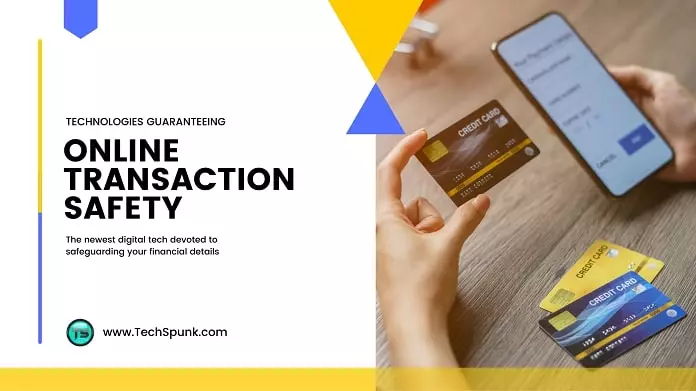
Transaction safety is any protocol an online retailer uses to ensure that payments remain secure.
Unsecured transactions result in hackers or scammers gaining access to personally identifying data like your Social Security number, credit card number, or bank account information.
Since the pandemic, more and more retail spaces have moved the bulk of their activity online. There has been a rise in online gambling popularity and delivery service use.
We have all set ourselves up for possible spam attacks and identity theft without intending to. Thankfully, technology is advancing with us.
We have all been schooled in smart consumer habits: don’t use a free connection to access personal data, and never give your information to anyone who calls you looking for it.
But what are online retail and gaming sites doing to protect your sensitive data? Plenty, as it turns out.
Internet proprietors have many options to choose from regarding website technology.
Let’s take a look at them.
What are Secure Functions?
Most websites that accept payments have at least one security measure in place, sometimes more.
These safety functions are part of the coding of websites. You don’t have to do anything on the user end to make your transactions safe.
They include:
1. Secure Socket Layer (SSL)
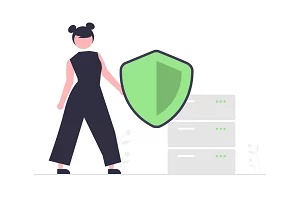 A secured socket layer, or SSL, is the most common web security measure. SSL makes all internet communications, not just monetary transactions, safe.
A secured socket layer, or SSL, is the most common web security measure. SSL makes all internet communications, not just monetary transactions, safe.
SSL offers an additional security layer between two or more machines that are connected online. With it, you can run other protocols like encryption or authentication.
Additionally, SSL ensures that web pages operate as they should, i.e., data moves freely between sites.
SSL came about to prevent security breakdowns during information transfers and secure all your online transactions.
2. Secure Electronic Transaction (SET)
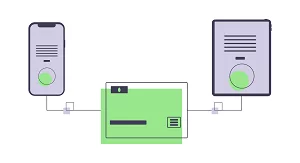 Secure Electronic Transaction, or SET, is slightly different from the other protocols.
Secure Electronic Transaction, or SET, is slightly different from the other protocols.
Rather than existing as a public domain, SET is a private collaboration between MasterCard and VISA. SET ensures that all parties involved in a transaction stay protected.
It provides security by authenticating both cardholders and merchants, maintaining the confidentiality of all payment information, and defining protocols for electronic security.
3. Secure Hypertext Transfer Protocol (S-HTTP)
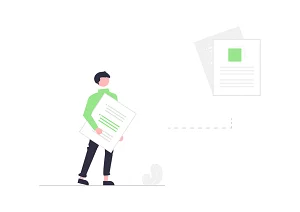 Secure Hypertext Transfer Protocol, also called S-HTTP, is an extension of Hypertext Transfer Protocol. It lets users securely move files over the internet.
Secure Hypertext Transfer Protocol, also called S-HTTP, is an extension of Hypertext Transfer Protocol. It lets users securely move files over the internet.
S-HTTP offers end users greater security and allows clients to authenticate users via encryption and digital signatures.
S-HTTP secured websites integrate smoothly with HTTP, ensuring that online transactions will remain secure.
4. Encryption
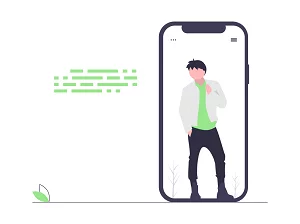 Encryption uses coded strings of data to mask sensitive information. It functions the same way a puzzle code does, appearing as random data that is difficult to decode.
Encryption uses coded strings of data to mask sensitive information. It functions the same way a puzzle code does, appearing as random data that is difficult to decode.
E-commerce uses public-key encryption and symmetric key encryption, the most commonly used codes for retail purposes.
Other techniques can come into play for higher encryption levels; their use depends on the type of data transmitted, who is sending it, and where.
5. Payment Card Industry Data Security Standard (PCI DSS)
 Payment Card Industry Data Security Standard is another privately-developed security regulation designed in 2004 through a collaboration between VISA, Discover Financial, American Express, MasterCard, and JCB International.
Payment Card Industry Data Security Standard is another privately-developed security regulation designed in 2004 through a collaboration between VISA, Discover Financial, American Express, MasterCard, and JCB International.
These five financial firms set technical and operation standards that all sites accepting or processing funds must follow.
App and software developers have to comply with the standards as well.
Every business that accepts, processes, transmits, or stores sensitive credit card information must comply with the PCI DSS guidelines.
PCI DSS compliance is doing a great job decreasing online security breaches and any fraud that results from a breach.
Businesses’ compliance goals are regular network monitoring and testing, implementing strict access control policies, maintaining the program, system, and network processes, protecting cardholder data and maintaining information security measures.
What Basic Precautions Will You Have to Take?
These more basic precautions are ones that you are likely familiar with. Rather than existing in the background, out of sight of consumers, these precautions require that you are an active participant.
When these functions come with the secure methods above, you can be confident that you and your data will remain uncompromised.
- Safe Login
- A digital signature is crucial for verification.
- Address verification systems
- Two-factor authentication
- Tokenization
1. Safe Login
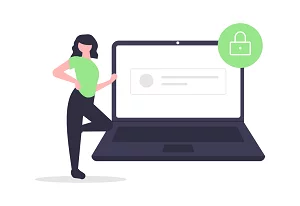 A safe login screen is the first sign that a website stores data securely. This protects against fraud, threats, and viruses.
A safe login screen is the first sign that a website stores data securely. This protects against fraud, threats, and viruses.
A good login page is user-friendly and secure to prevent hacks and breaches. First, you need to check Is your login is safe for a particular website?
2. A digital signature is crucial for verification.
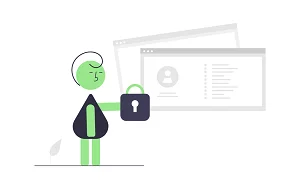 It works by adding a unique user identifier to your account. Implementing the use of digital signatures allows for greater confidentiality and gives you authority for account actions.
It works by adding a unique user identifier to your account. Implementing the use of digital signatures allows for greater confidentiality and gives you authority for account actions.
Without it, you won’t be able to edit any account information. If you thought of returning the digital signature, will the digital sign be right?
3. Address verification systems
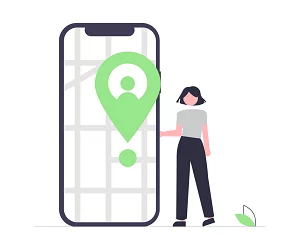 Address verification systems are an extra layer of security against theft and fraud.
Address verification systems are an extra layer of security against theft and fraud.
They check the customer’s input information against saved information to ensure that the purchaser and cardholder are the same.
This system sometimes uses address confirmation to identify fraud, but this method isn’t exact.
The best manner of verification is the use of three-digit CVV2 codes on the back of credit and debit cards.
4. Two-factor authentication
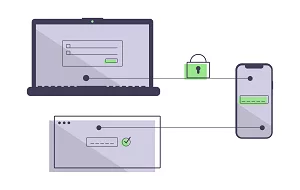 Two-factor authentication provides an even more robust and sophisticated level of fraud protection.
Two-factor authentication provides an even more robust and sophisticated level of fraud protection.
When entering your account information, a site using two-factor authorization will ask users to verify their identity in two different ways.
This can be via security questions, SMS passcodes, one-time passwords, etc.
5. Tokenization
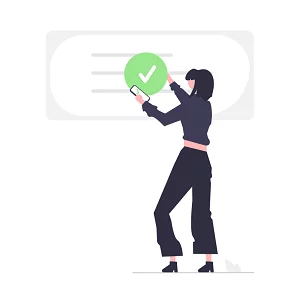 Tokenization is by far the most secure way to process online payments. Every retailer uses a unique token to keep credit card data private and secure.
Tokenization is by far the most secure way to process online payments. Every retailer uses a unique token to keep credit card data private and secure.
Similar to encryption, tokenization disguises sensitive information inside a series of randomly-generated numbers.
Tokenization is such a complicated process that it is virtually impossible to hack.
Always Be Prudent
With so much commerce moving to online spaces, everyone needs to be vigilant in protecting their personal identifying information.
We all can take steps on the user end to secure our data, but e-commerce sites also need to have due diligence.
Some security techs exist in the shadows, and we never see them in action, but other methods require consumers to work with retailers.
When everyone, from the business to the client, do their part, you can stop cybercrime before they start.
Companies need to invest in top-of-the-line materials, but customers also have to use the security methods provided.
In time, businesses will find the best combination of tech to protect themselves and their customers from nefarious players.





